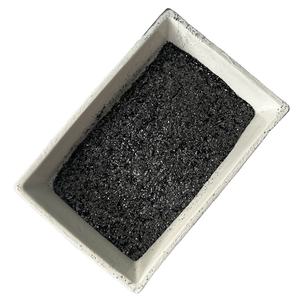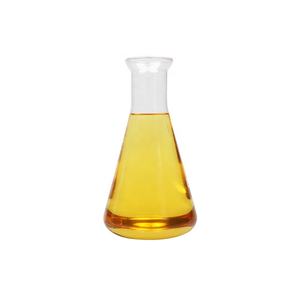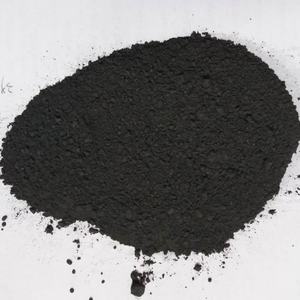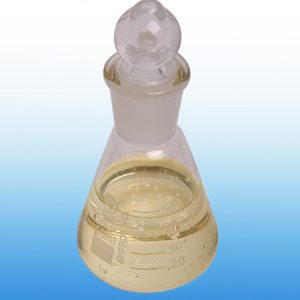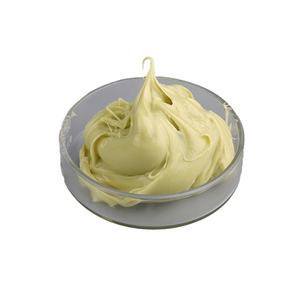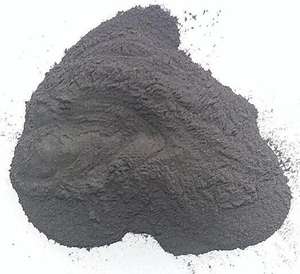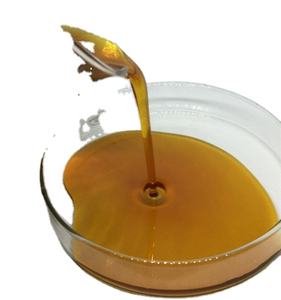One-stop lubrication solution | Discover the way to smoothness | Infomak
Tiny Powerhouses: How Unit Dose Packets Tame Industrial Grease and Oil Lubricants
(Unit Dose Packaging Name Industrial Grease Oil Lubricants Packet)
Industrial settings buzz with massive machines. These machines demand constant care. Grease and oil lubricants keep them running smoothly. But handling bulk lubricants creates messes. Mistakes happen. Unit dose packaging solves this. Imagine single-use packets of industrial grease or oil. Each packet holds the exact amount needed. This is unit dose packaging. It changes how factories manage lubrication. Let’s explore these tiny titans.
1. What: Unit Dose Packaging for Industrial Grease and Oil Lubricants
Unit dose packaging means individual sealed portions. For industrial lubricants, these are small packets. Each packet contains precise grease or oil amounts. Common sizes range from 5ml to 50ml. The packets use durable materials. Aluminum foil laminates or tough plastics are typical. These materials resist chemicals and punctures. The design ensures no leaks. Workers tear open one packet at a time. They apply the lubricant directly. No measuring cups. No messy drums. The system eliminates cross-contamination risks. Different lubricants stay separate. Shelf life extends because air exposure stops.
2. Why: The Benefits of Unit Dose Packets in Industrial Settings
Factories face constant pressure. Efficiency matters. Safety matters. Unit dose packets deliver both. First, they cut waste. Bulk lubricants degrade when containers sit open. Packets prevent this. Workers use only what they need. Second, they boost safety. Slippery spills cause accidents. Packets minimize drips. Cleanup becomes easier. Third, they save time. Workers grab one packet. They apply it fast. No setup or cleanup of pumps. Fourth, they ensure accuracy. Machines need specific grease amounts. Too little causes friction. Too much attracts dirt. Pre-measured packets solve this. Fifth, they simplify training. New workers learn quickly. Open packet. Apply lubricant. Done.
3. How: The Design and Function of Grease and Lubricant Packets
Creating these packets requires precision. Manufacturers start with high-grade lubricants. They fill machines with exact portions. Heat sealing locks each packet. The seal must withstand rough handling. Forklifts might crush boxes. Temperature changes occur. Good packets stay intact. Tear notches help users open them. Some packets have pointed tips. Workers snip the tip. They squeeze grease like toothpaste. Others use flat designs. Workers tear a corner. They pour oil like a mini-pitcher. Labels show vital details. Product name. Viscosity grade. Expiry date. Batch numbers help traceability. Colors differentiate lubricant types. Red for high-temperature grease. Blue for synthetic oil.
4. Applications: Where Unit Dose Packets Shine
These packets excel in diverse industries. Automotive assembly lines use them. Robots need frequent lubrication. Workers lubricate joints with single grease packets. Food processing plants rely on them. Sanitation rules forbid open containers. Packets keep lubricants pure. No contaminants touch food machinery. Mining operations benefit. Dusty environments ruin bulk grease. Packets stay clean until use. Wind turbine technicians carry them. Climbing tall towers is hard. Lightweight packets fit in tool belts. Railways apply them on tracks. Switch mechanisms need precise grease amounts. Packets prevent over-application. Electronics manufacturing uses micro-packets. Tiny gears in devices get minute oil drops.
5. FAQs: Common Questions About Unit Dose Packaging
Are packets costlier than bulk lubricants?
Initially yes. But overall savings exist. Less waste happens. Fewer accidents occur. Labor costs drop. Storage space shrinks.
Do packets handle all lubricant types?
Most yes. Greases, oils, even specialty fluids. Exceptions exist. Extra-thick greases might not flow well. Manufacturers test formulations first.
How long do packets last?
Typically 2-5 years. Seals block air and moisture. Labels show expiration dates. Store packets in cool dry places.
Can packets freeze or melt?
Extreme heat softens plastics. Extreme cold makes packets brittle. Transport and store within labeled temperatures.
Are packets recyclable?
Many materials are recyclable. Check local facilities. Some plants collect used packets. They separate foil from plastic.
(Unit Dose Packaging Name Industrial Grease Oil Lubricants Packet)
Unit dose packaging reshapes industrial maintenance. It turns messy tasks into clean routines. Factories run smoother. Machines last longer. Workers stay safer. These small packets deliver big results.
